The Kahikatea Green Wheel can help you if you are:
- currently restoring or planning to restore a kahikatea forest patch on your land.
- managing a reserve or covenant with kahikatea forest.
- needing to show funders you are making a difference.
- wanting to check on the health of your kahikatea forest patch, or track how your restoration project is going.
If you are putting time and money into protecting and enhancing your kahikatea forest patch, it’s worth checking on how it’s doing to make sure your efforts are paying off.
Why kahikatea forest?
Kahikatea (Dacrycarpus dacrydioides) is an ancient podocarp and New Zealand’s tallest native tree. Before humans arrived in the Waikato, around 200,978 hectares of kahikatea forest grew in the wet areas beside lakes and swamps, and on floodplains.
Today there are only around 3965 hectares – a 98 per cent decrease. Many are secondary forests, grown anew on land previously cleared by early settlers. They are tiny, mostly under 5 hectares, and vulnerable to pests, stock damage and other threats.
Yet they remain a classic landscape feature of the Waikato lowlands – often the only native vegetation around – and provide core habitat and stepping stones for native birds.
Waikato Regional Council has taken steps to encourage protection and restoration of these iconic indigenous forest stands.
The council:
- supports kahikatea research and monitoring
- encourages landowners to protect and enhance kahikatea forest patches
- provides funding incentives and how-to factsheets for people who want to restore or replant kahikatea forest
- created the Kahikatea Green Wheel for landowners to check on the health and recovery progress of their kahikatea forest.
To find out more follow this link https://www.waikatoregion.govt.nz/environment/biodiversity/kahikatea-green-wheel/

